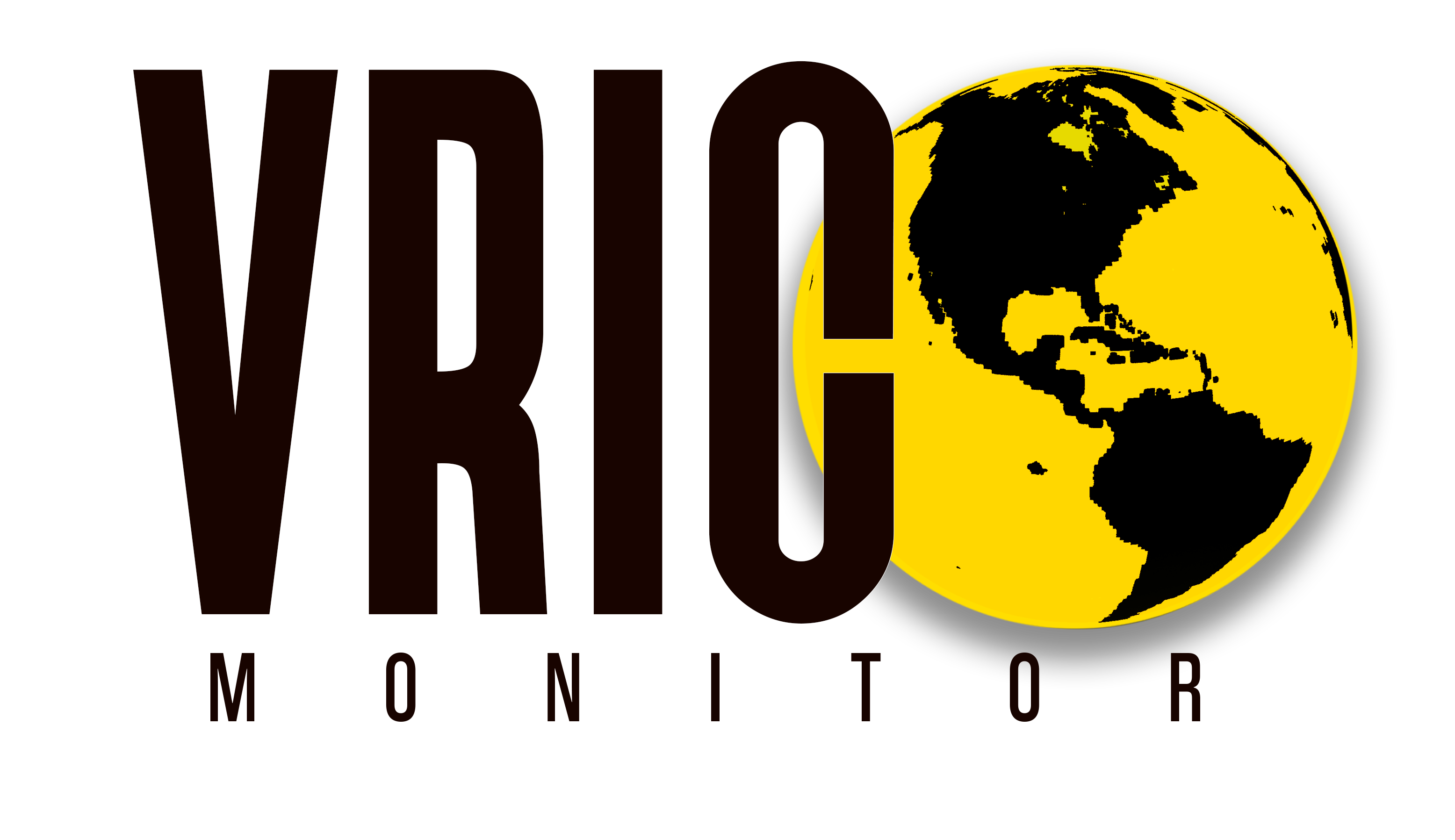LATIN AMERICA BETWEEN WAR AND PEACE

Chinese spy balloons were spotted in the skies of the Caribbean, while Iranian warships sailed into the South Atlantic. Incidents that may seem isolated are correlated with several conflicts taking place in Central and South America as Great Power.
CHINA EXPANDS STRATEGIC PORTS IN LATIN AMERICA

Brazil is on the brink of its most important election in recent history. On October 2, Brazilian voters went to the polls for the first round of the general election. In an outcome that shocked some, incumbent President Jair Bolsonaro.
PETRO AND THE BOLIVARIAN HURRICANE

Gustavo Petro’s victory in Colombia’s presidential election on June 19 consolidates the gains the Latin American left has made in recent years. Despite distancing themselves from Petro during his campaign, congratulations poured in from some of the most autocratic corners of the region.
UKRAINE WAR’S LASTING LATIN AMERICA EFFECTS

Gustavo Petro’s victory in Colombia’s presidential election on June 19 consolidates the gains the Latin As Russian missiles continue to rain down on Ukraine, the consequences of war are also being felt thousands of miles away. Several countries in Latin America depend on wheat and fertilizer exports from Russia and Ukraine, where the ongoing war.
PUTIN’S LATIN AMERICA GAMBIT

While the world watches Russia’s military movements on the Ukraine border, Vladimir Putin has been busy building leverage in Latin America. The recent arrival of 68 Russian military “technicians” and advisors to Venezuela in January precipitated the mobilization of the Maduro regime’s military forces to the Apure State, near the border, opposite Colombia’s Arauca province. Moscow’s ambassador in Bogota assures President Ivan Duque that the Russian military presence in Venezuela does not threaten Colombia, nor will the Russian weapons systems fall into the hands of illicit actors and terrorists operating on the border. A promise that will be difficult to keep considering the close ties between Venezuela’s Maduro regime and illegal armed groups and civilian militias.
LATIN AMERICA’S NEO-SOCIALIST WAVE

Last year’s super-election cycle in Latin America opened up new opportunities for socialist leaders and their extra-regional allies. President Pedro Castillo made an irregular visit to Beijing’s embassy in Lima shortly after being inaugurated as Peru’s president. Tehran’s state-sponsored cultural center in Santiago voiced support for Chile’s President-elect Gabriel Boric. And Moscow and Managua strengthened ties on the eve of President Biden’s Summit for Democracy, by welcoming an official Nicaraguan delegation to Moscow that was headed by the two sons of Daniel Ortega and Rosario Murillo.
MEXICO MOVES CLOSER TO CUBA AND VENEZUELA

The VRIC is consolidating in Mexico. In the past month, Mexico City hosted the ongoing negotiations between the Venezuelan opposition and the regime and welcomed Cuba’s dictator Miguel Díaz-Canel, and his Venezuelan counterpart, Nicolás Maduro, to the annual heads of state summit of the Community of Latin American and Caribbean States (CELAC).
ALL EYES ON PERU AND COLOMBIA

Whether it’s the flared tensions between Israel and Hamas, or the current crisis and social unrest in Colombia, it is increasingly clear that democracies worldwide are under assault by brutal disinformation efforts amplified by certain regional governments in Latin America and their non-state networks. The Maduro regime and its allies in Havana, La Paz, and Buenos Aires, all made recent statements condemning both the Israeli government and the Duque government of Colombia, with no mention much less condemnation of the violence sparked by terrorist groups, such as Hamas, the ELN, and the dissidents of the FARC.
ANOTHER BORDER CRISIS, COLOMBIA-VENEZUELA

In the last few weeks, multiple congressional delegations have gone down to the U.S. southern border to assess the humanitarian crisis. The horrifying scene has captured the media’s attention with kids packed into holding facilities “like sardines.” But while the focus is on the U.S.-Mexico border, further south a migrant surge is brewing from Venezuela to Colombia.
LATIN AMERICAN LAWFARE

On Monday, March 8th, Bolivia’s former president and leader of the coca federations, Evo Morales, took a surprise trip to Buenos Aires. Less than a week later, former President Jeanine Añez was arrested and detained by Bolivian authorities on trumped-up charges of “terrorism and sedition.” Simultaneously, a Brazilian supreme court justice exonerated the former President Lula da Silva, of previous corruption convictions, and a regional court of the Economic Community of West African States (ECOWAS) ruled in favor of the Maduro regime’s frontman, Alex Saab, currently held in a Cape Verde prison.


